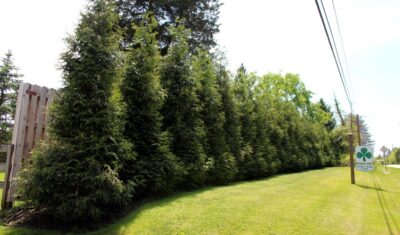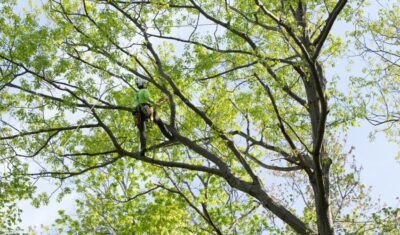As temperatures cool in autumn, you may be thinking about the damage your broadleaf evergreens (such as rhododendrons and azaleas) suffered last winter. Winter burn isn’t pretty; crispy leaves, browning, and dying shrubs or trees don’t look good in the landscape. You’ve probably heard that anti-transpirant sprays can prevent winter damage to shrubs but maybe you’re not sure whether it’s right for you.
In this article, we answer all of your questions about anti-transpirant use for winter protection in the Northeast Ohio landscape.
What is an anti-transpirant?
An anti-transpirant is a spray that provides a protective waxy coating to reduce water loss from an evergreen’s foliage. Transpiration refers to the exhalation of water vapor from plants, so an anti-transpirant prevents this.
Why should I use an anti-transpirant?
Anti-transpirants are most often used to protect broadleaf evergreens from winter desiccation. Some broadleaf evergreens, such as rhododendrons, boxwoods, andromeda, hollies, and laurels, are particularly susceptible to winter injury from transpiration.
All shrubs transpire (or give off water vapor) from their leaves during the summer but because evergreens hold onto their leaves (or needles) all year, they lose moisture during the winter too. Dry winter conditions, warm days when the ground is still frozen and chilly winds can all “pull” moisture from foliage, leaving broadleaf shrubs and trees vulnerable to excessive moisture loss.
Normally, plants can replace the moisture that transpires from their leaves by drawing water up through the roots. But when the ground is frozen, moisture isn’t accessible. The end result is that the evergreen leaves shrivel up, turn brown, and die. In severe cases, the entire shrub can die from desiccation.
When is an anti-transpirant applied?
In northeast Ohio, we apply anti-transpirants in late fall (usually that’s throughout November), when plants are completely dormant and before the weather gets too cold (around 40 – 50 F is ideal).
How long does an anti-transpirant application last?
Anti-transpirants typically help retain moisture in a plant’s leaves for up to six months in the winter, although this can vary depending on weather and other conditions. The protective coating gradually wears off over the winter and is gone by spring.
 How do I know if my shrub is suffering from winter desiccation (winter burn)?
How do I know if my shrub is suffering from winter desiccation (winter burn)?
Desiccation, or winter burn, often doesn’t become evident until the weather warms up in spring. At that point, the damage shows up pretty quickly but, unfortunately, it’s too late to do anything about it.
You’ll start to notice “burned” leaves with whitish patches (they look like they’ve been bleached), leaves with a paler green or yellowish color that doesn’t look “right,” and brown or yellow needles on conifers. Eventually, the leaves or needles dry up, turn brown, and fall off.
The plant’s location can make a big difference in whether or not it experiences winter burn. Plants in full sun and those in exposed, windy locations are usually more susceptible to winter desiccation. Often, you’ll see the damage on the south or southwest side of the plant or on the side facing the prevailing wind.
 What plants and trees benefit from anti-transpirant applications?
What plants and trees benefit from anti-transpirant applications?
Not all plants need or will benefit from anti-transpirant application for the treatment of winter burn. However, the following are good candidates for winter protection here in northeast Ohio:
- Broadleaf evergreens, such as azalea, boxwood, holly, rhododendron, and laurel
- Conifers, including arborvitae, cedar, cypress, juniper, and pine
- Tender stems on rose canes or hydrangea that can die back over winter
Do I really need to use anti-transpirant on broadleaf evergreens in northeast Ohio?
If your shrubs or trees are susceptible to winter burn, have been under drought stress, are recently planted (within the last year or two), or have suffered from pests, disease or other damage, then an anti-transpirant treatment is strongly recommended. And if they’re in a visible location, are an important feature in your landscape, or are a favorite plant, then an anti-transpirant application is a very good idea.
Still not sure? Request a consultation and we’ll let you know whether or not your plants will benefit from an anti-transpirant treatment.
What else can I do to protect my shrubs and trees in the winter?
In addition to an application of an anti-transpirant, if your tree or shrub is in a very windy location, you may want to wrap it in burlap or provide some kind of screening from the harsh and drying winter winds. Learn more about how to apply burlap for winter protection in this blog post.
Also make sure that your trees and shrubs have been adequately watered before they head into winter dormancy, especially if the summer and/or fall have been particularly dry. If there are any mid-winter thaws, take the opportunity to water your plants then as well.
Organic mulch will help regulate the moisture and temperature of the ground around your shrubs and trees – just ensure that the mulch is pulled well back from the trunk.
Call us at 440-564-1374 today for a free inspection and quote to protect your shrubs this winter.
Or use this handy online request form and we’ll call you back!
A professional application of anti-transpirant this fall can help reduce winter burn in your broadleaf evergreens and conifers.
Schedule Your Anti-Transpirant Treatments
Protect your shrubs from drying out by scheduling your anti-transpirant spray treatments.Recent Articles
Topics
About The Author

STAY IN THE LOOP
WITH OUR
LATEST UPDATES
"*" indicates required fields

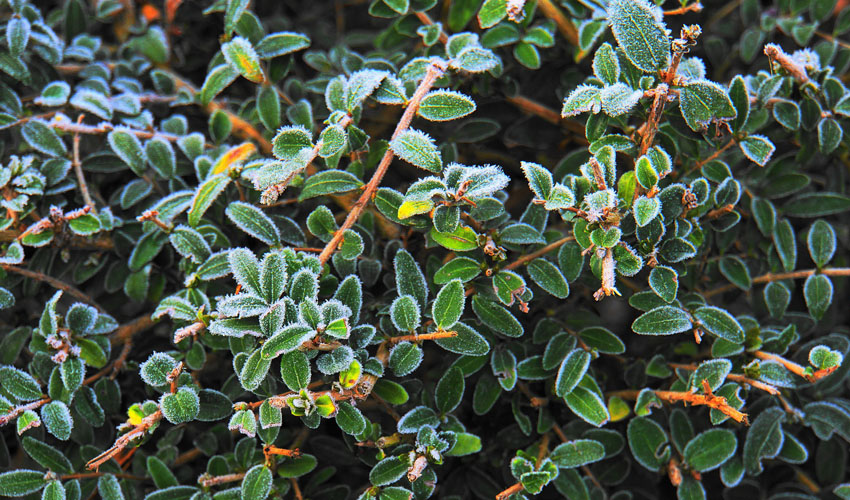

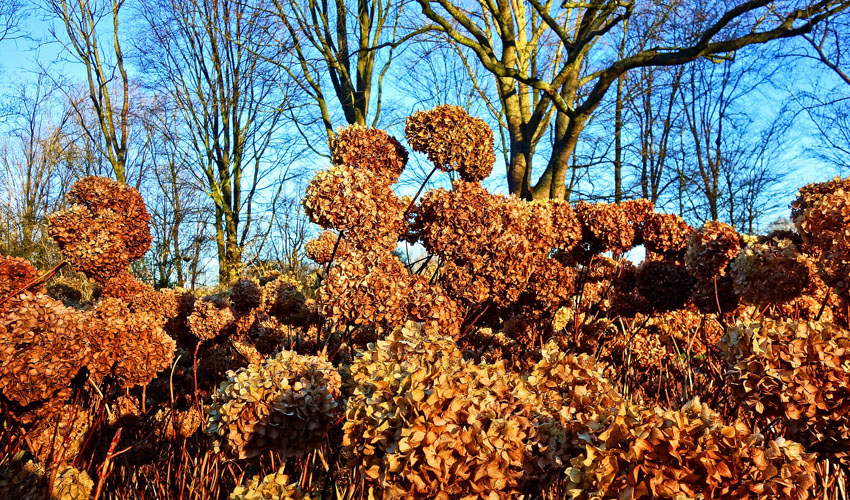 How do I know if my shrub is suffering from winter desiccation (winter burn)?
How do I know if my shrub is suffering from winter desiccation (winter burn)?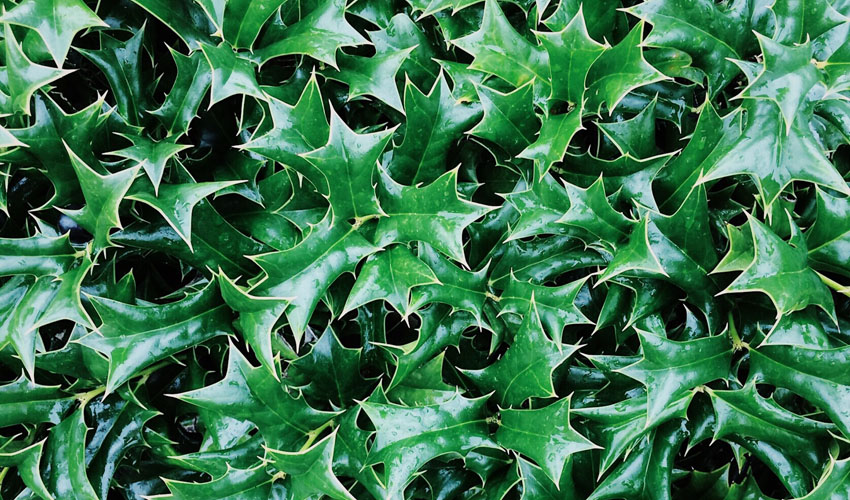 What plants and trees benefit from anti-transpirant applications?
What plants and trees benefit from anti-transpirant applications?

